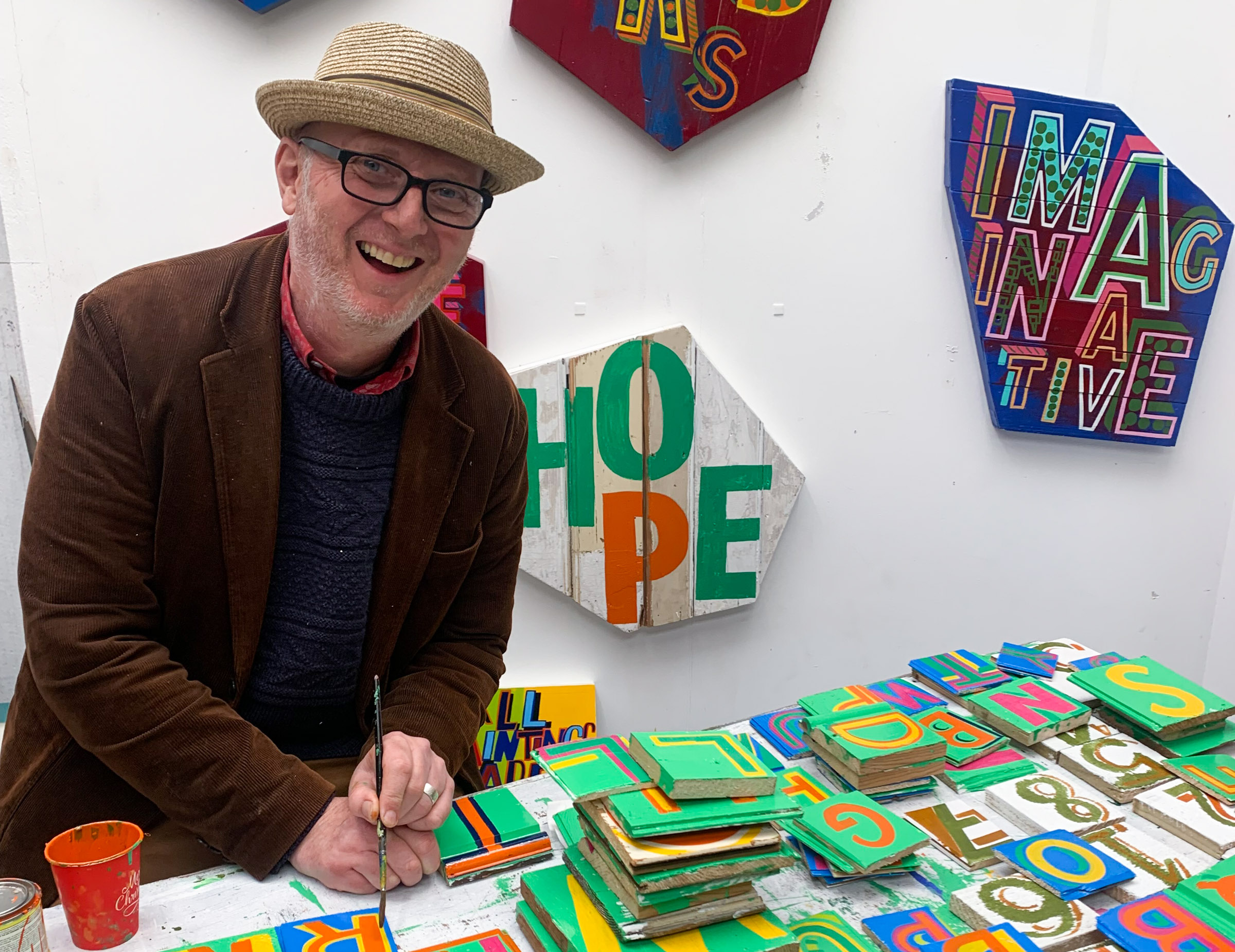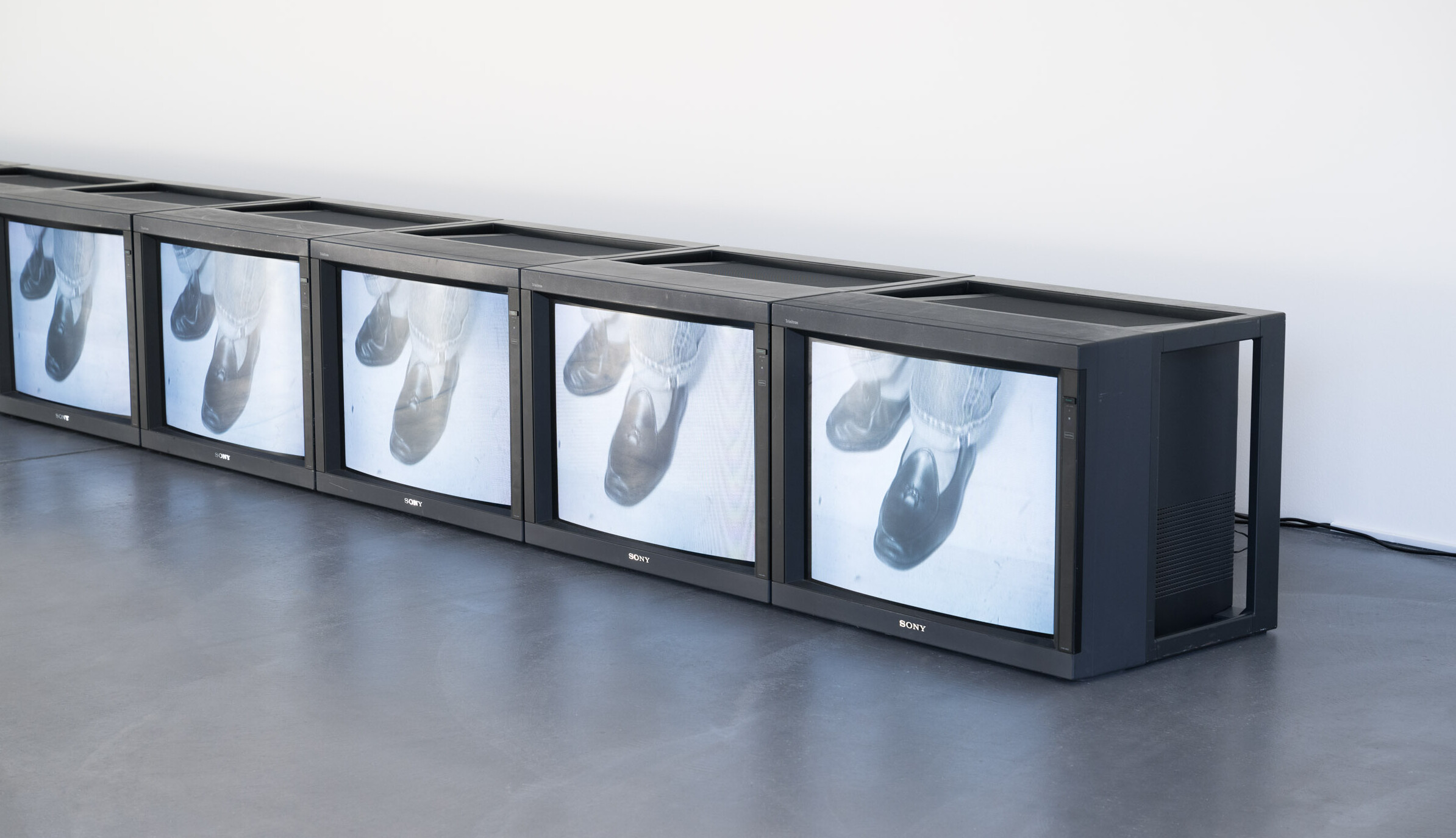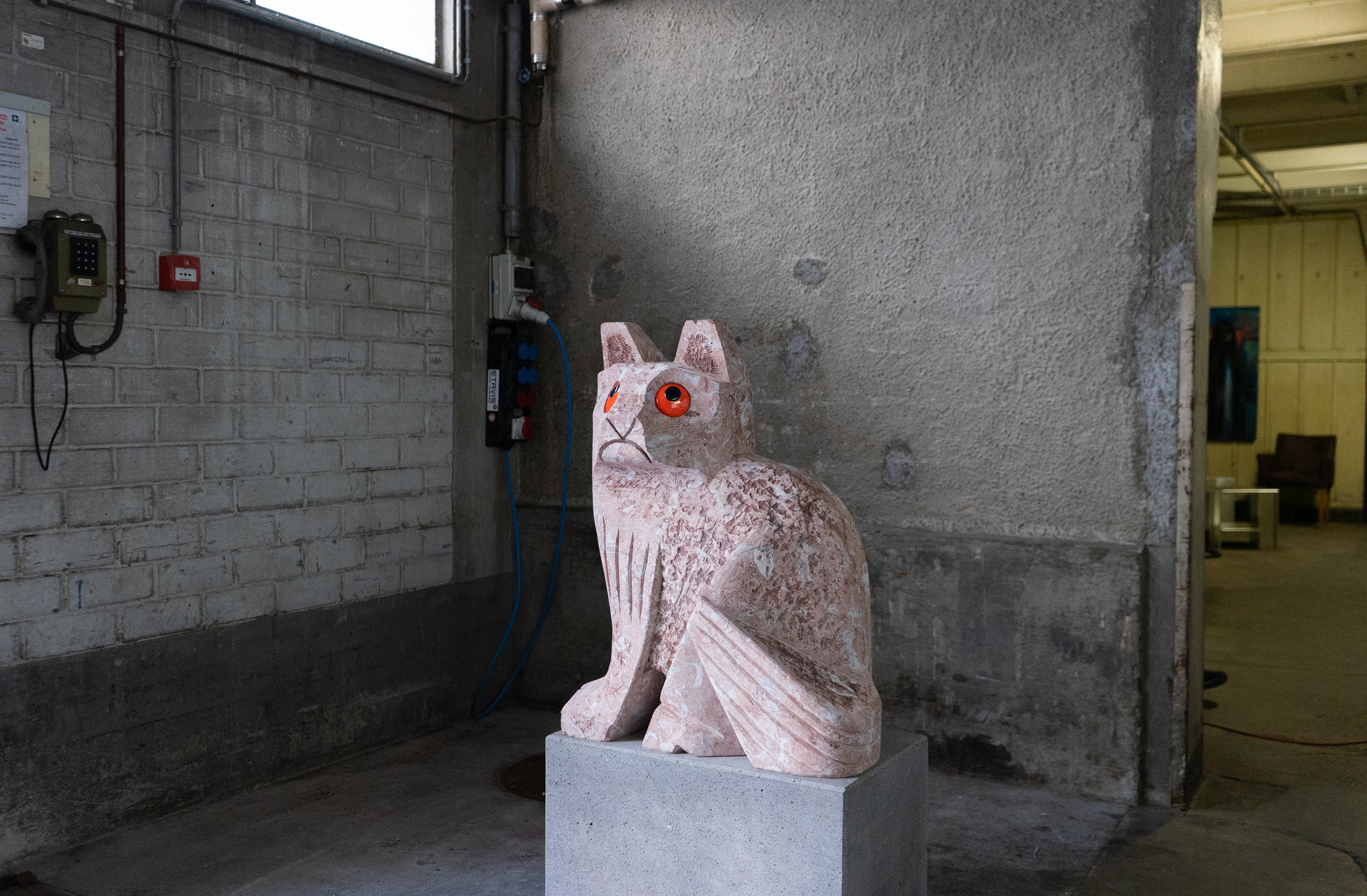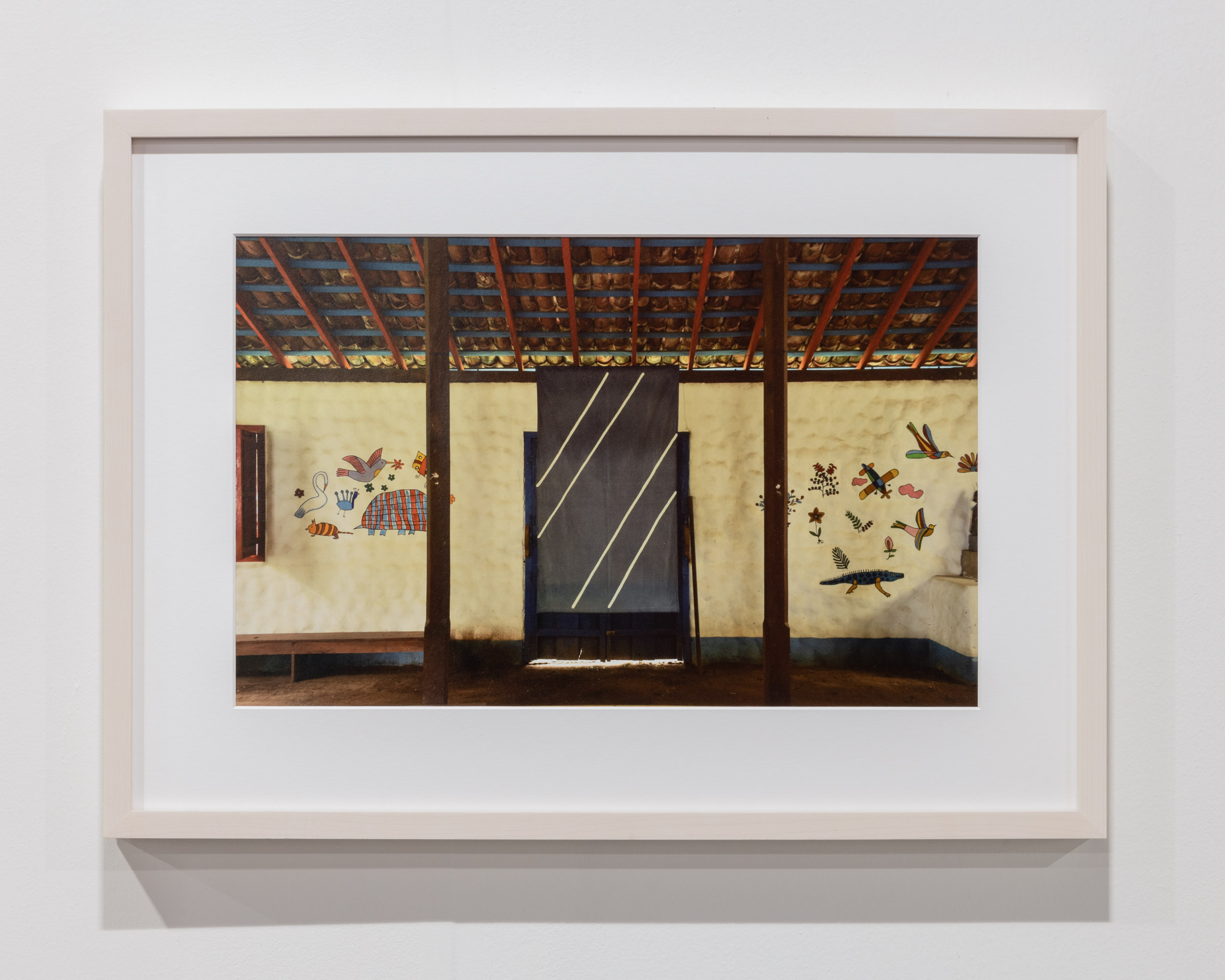Material Concerns: ‘Light brings glass to life’

Anna Dickinson explains the ‘magic’ of glass and metal in the first of a new series exploring artists’ materials
What I like about glass is that it’s a contradictory medium: it is both liquid and solid at the same time. Absorbing and reflecting light, it is both opaque and transparent; light and heavy. It interacts with its environment and changes appearance – colour, transparency, depth – throughout the day, depending on where it is placed.
All of this allows me to have an extensive and rich dialogue with the material during the process of making. It’s a very exciting and challenging medium to work with. It can be hugely frustrating, requiring a great deal of patience, and a good, problem-solving mind. From a technical perspective, another thing that intrigues me is that glass – despite its solidity and fragility – is in fact a supercooled liquid; the molecules within it are in constant motion.


I used to work with clay, and build vessels from a very young age. As my art education progressed, I applied to study ceramics at degree level at Middlesex Polytechnic. Fortunately, the course I selected was called ‘Three-dimensional Design’, and encompassed wood, metal, ceramics, and glass.
I had never considered glass to be a material I might work with – probably because, up until that point, it had never been available to me. Back in the late 70’s and early 80’s, Middlesex still had a glass blowing facility, and the moment I saw it I was captivated. This orange, molten mass – the heat, the way it moved. The danger and respect it required to work with. I thought it was wonderful. I had found my passion and have never looked back.
It takes years to acquire the skill of glass blowing – something I threw myself into at college, learning as much as I possibly could and working tirelessly. Luckily back then there were not the same health and safety regulations there are now within arts schools. I was often on my own in the Glass Department, working, experimenting, and honing my skill. I went on to study a Master’s degree at The Royal College of Art, specialising in combining metal with glass.
What role do other materials play in your work?I have always been interested in the relationship between glass and other materials: each has its own unique quality and, when combined, a very particular energy is created. Getting the balance right is tricky – for a piece to be successful, the materials need to work together. I spend a great deal of time perfecting works until I achieve whatever it is I’m looking for.
I have been working on a new series of five pieces recently. Each is cylindrical, incorporating glass with bubbles and veiling, and several different metal elements. I engineered a found steel gas pipe to fit one cylinder, and, for another used a large gauge copper plumbing pipe, treating the surface to create texture. I like the idea of taking utility piping and transforming it, whether through engineering, heat, polishing or chemicals.
I continually feel the need to be learning, so discovering new materials and their particular working qualities satisfies that need to a degree. This continual research and experimentation enables me to always be developing, progressing, and creating new works.


During my first degree I researched combining glass and metal, initially carrying out basic experiments such as rolling molten glass with metal filings or thin metal strips. I decided I needed to have more control over the shape of the finished piece so spent the remainder of my degree perfecting the process of electroforming copper directly onto the surface of glass. This process gave me the degree of control I had been looking for.
Interestingly, my grandparents, who lived in Sheffield, had an electroplating factory. Their factory repaired brass musical instruments, however during the war the government commissioned their services to aid the war effort and started to make tank parts. Years later I used this very same process of electroforming in my work.
I stopped electro-forming onto glass approximately ten years ago, the process itself was beginning to inhibit my creativity and freedom to produce certain types of pieces. Instead, I started to explore producing component parts from alternative materials and incorporating them into my works. This gave me greater freedom to take more risks using new materials, challenging myself technically and aesthetically.
Your works reflect, absorb and shimmer. Is light one of your most significant materials?One of the qualities glass has over ceramics is its ability to interact and change depending on the light. It’s something that gives it an almost magical quality. As the light changes throughout the day, a piece constantly reveals new qualities. That slow reveal creates an interesting dialogue between the piece and the viewer.
I work with both blown and cast glass, and each has its own relationship with light. My blown work tends to be thinner and ‘cleaner’. My cast pieces differ in that they are often a great deal heavier, both literally and visually. If I create a black piece of glass, I tend to be more interested in the way light reflects off the surface. With more transparent glass I can play with the internal diffused light, allowing more textural aspects to dominate. Light, as you point out, plays a very important role in my works. Light brings glass to life.
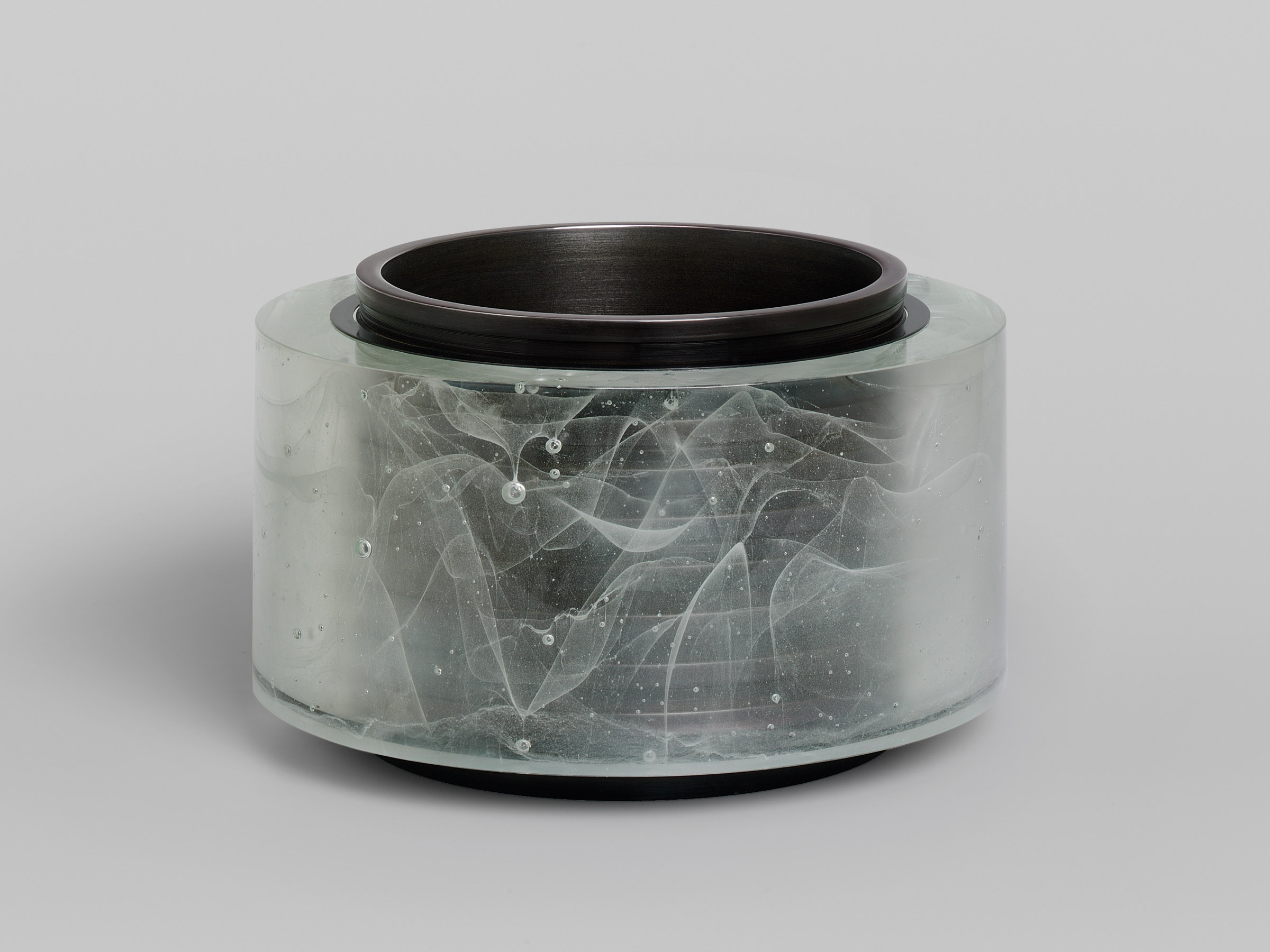
Clear Glass with Engineered Steel, 2020
Cast Glass, ground and polished with an oxidised engineered steel liner
16 x 26 x 26 cm

